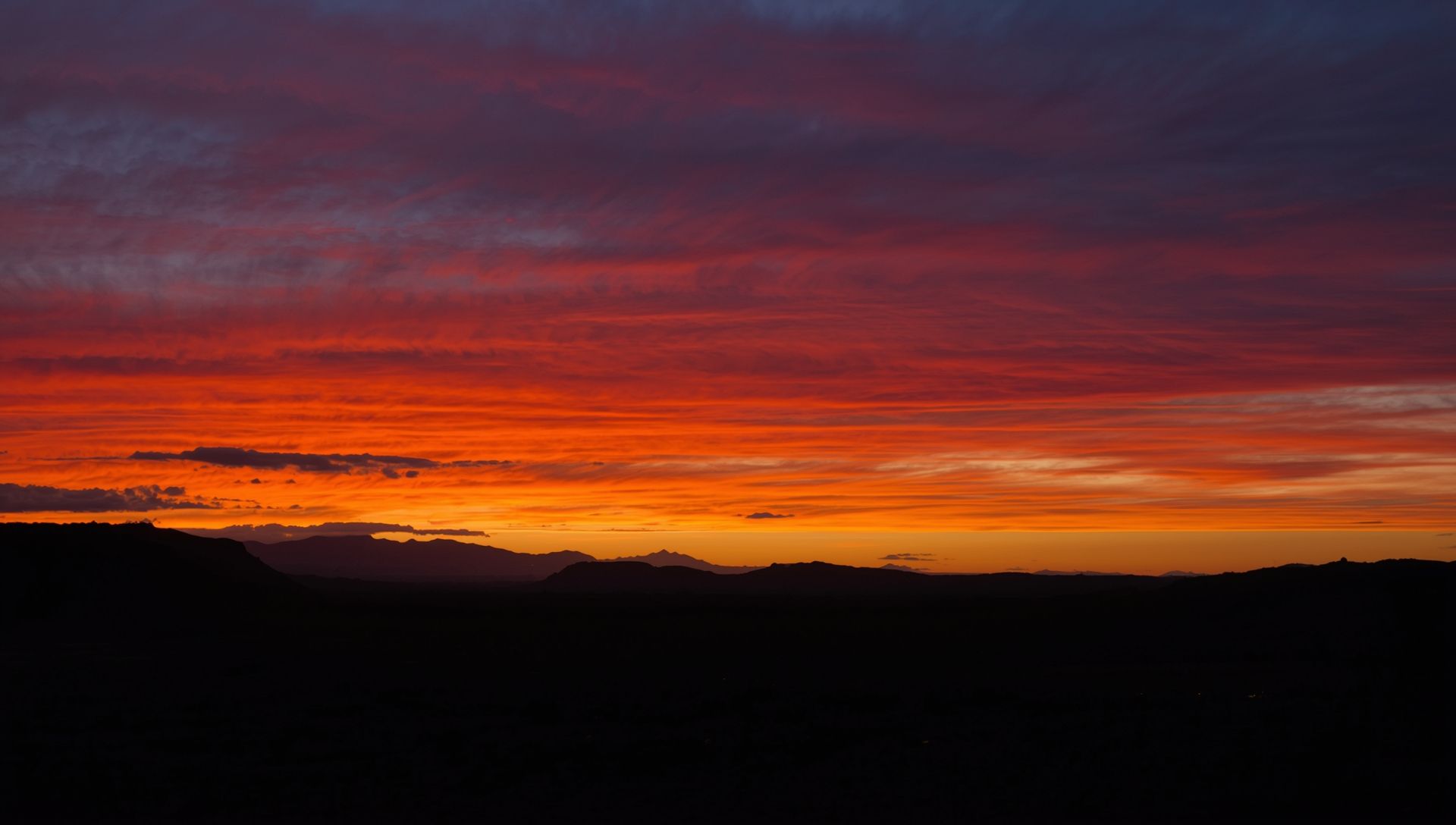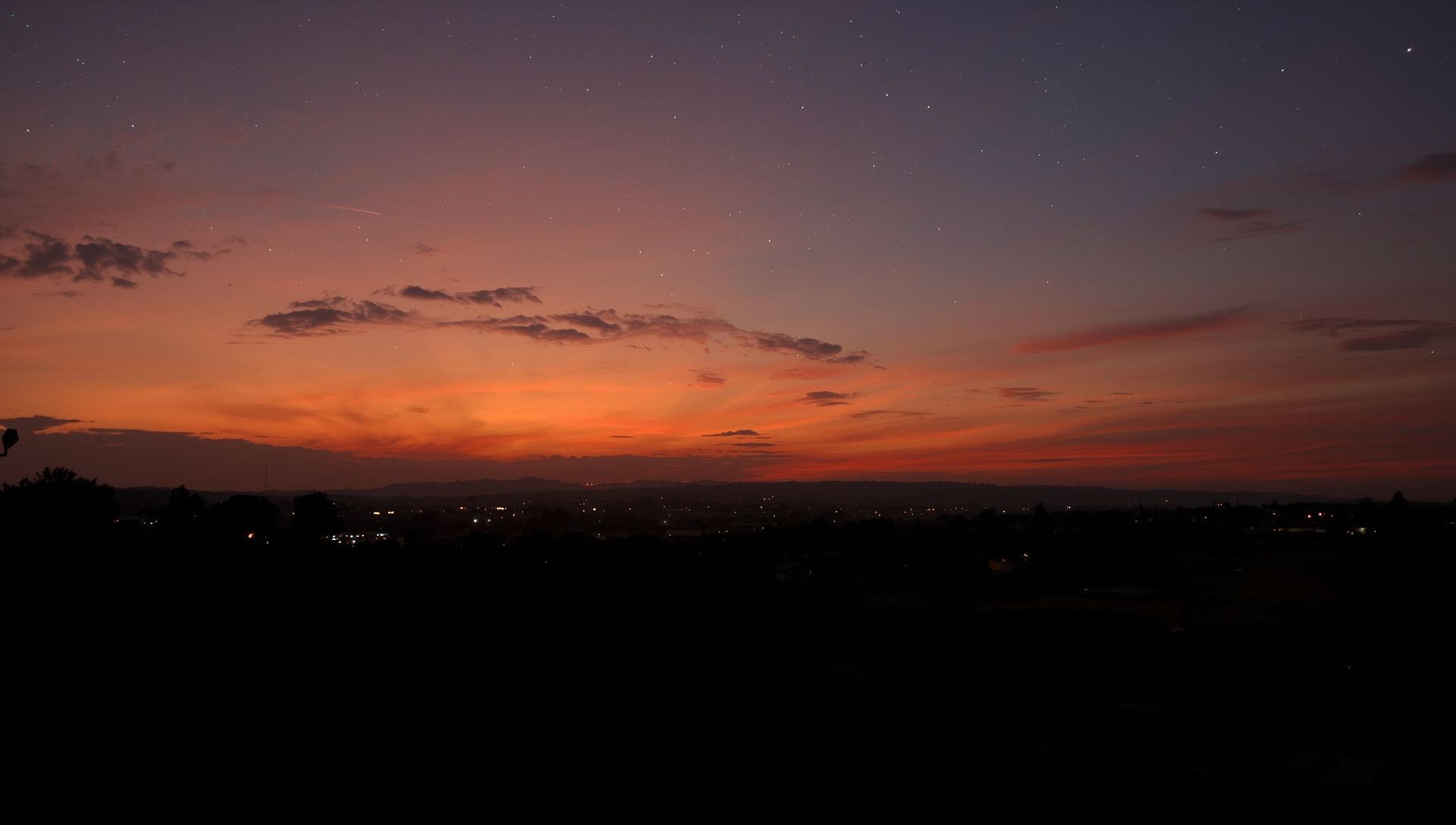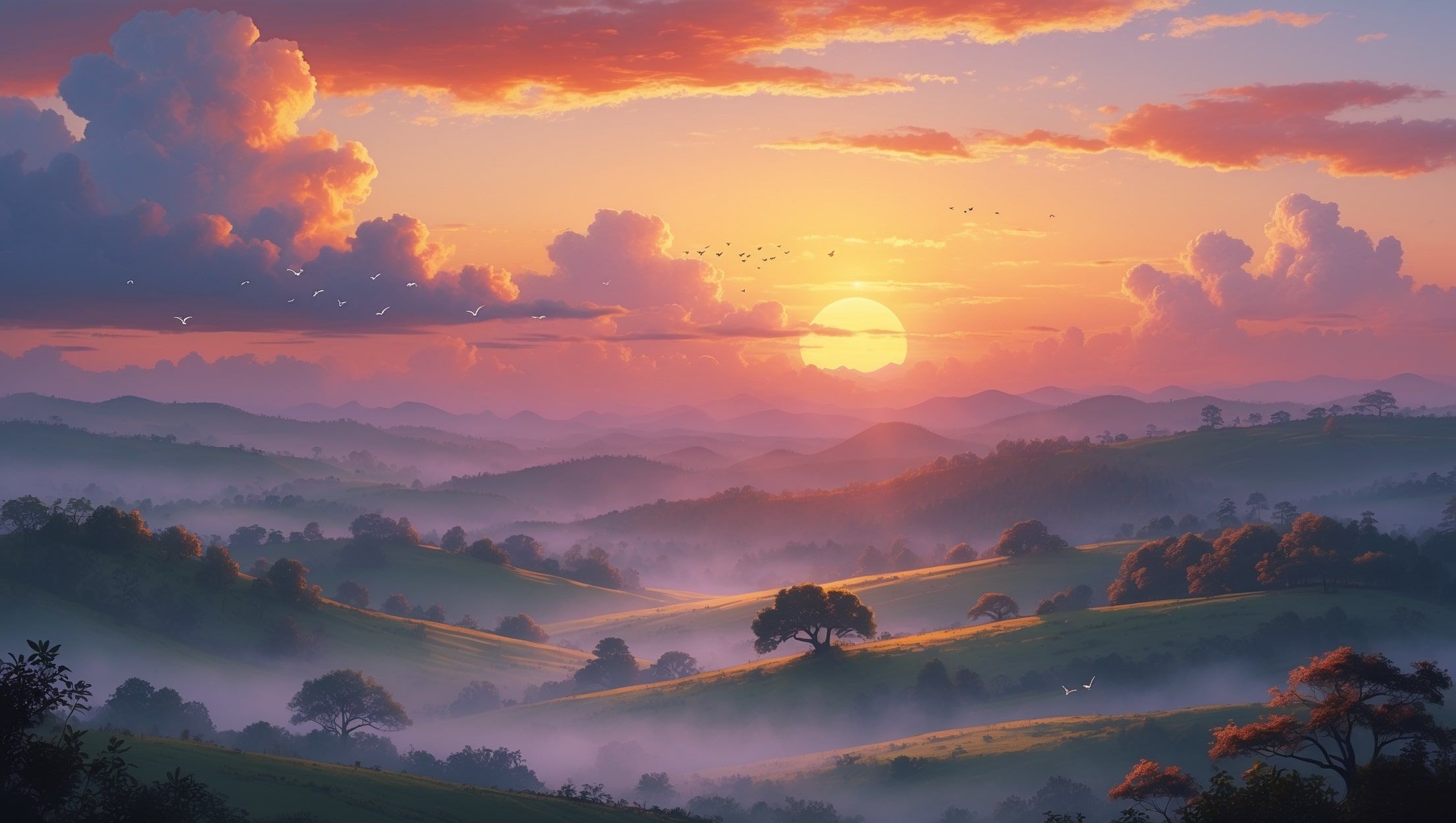The sun drops low. Colors stretch across the sky. Something in us softens. Sunsets aren’t just pretty - they hit a nerve. They speak in symbols. They show up in art galleries, on screens, and even in the way we talk. But why do sunsets keep showing up everywhere?
Why Artists Keep Chasing the Sunset
Monet painted them. Turner couldn’t stop. Even Van Gogh gave them a go. Sunsets have long fascinated painters because they’re unpredictable and deeply emotional. Each one vanishes fast. That sense of urgency, of fleeting light, draws painters in. It’s not just about color - it’s about how art captures fading moments.
In modern art, sunsets still show up, but often with a twist. Some artists use them to question climate and atmosphere. Others use neon versions to comment on nostalgia or lost innocence. Still, they keep painting them. Because sunsets refuse to be pinned down. They always mean more than they seem to.
Lights, Camera, Sunset
Watch almost any romantic movie, and there’s probably a sunset scene. Directors know the trick. As the light fades, the audience feels more. Sunsets let characters say goodbye, fall in love, or find peace. They’re cinematic glue - quiet moments that pull at something universal, much like the symbolic sunsets across cultures.
Think of these moments:
- Simba talking to Mufasa in the sky in The Lion King
- “Sunset Boulevard” ending in total shadow
- The last light in Before Sunset as Jesse and Celine sit and talk
- That long, golden goodbye in Call Me By Your Name
Sunsets work on-screen because they slow everything down. They make the audience look, and feel, and pause. Similar to how we pause at that moment when the light finally disappears.
Sunsets in What We Say
We use sunset as a metaphor all the time. “The sunset years” means the later part of life. “A sunset clause” means something is ending. In language, sunset rarely means just light - it usually means time is passing. Things are winding down. Maybe ending. Maybe softening. Like how time and daylight shift throughout the day.
Even the phrase “watching the sunset” can carry emotional weight. It can be romantic. Peaceful. Or sad. Context decides, but the mood is always there. Gentle. Thoughtful. Often a little bittersweet.
The Quiet Pull of a Setting Sun
We keep returning to sunsets because they offer closure without finality. They mark the end of a day, but not the end of everything. In art, film, and speech, they let us feel something real - without saying much at all. That’s their quiet power. The light fades, and we look a little longer, as time slips softly into the horizon.









